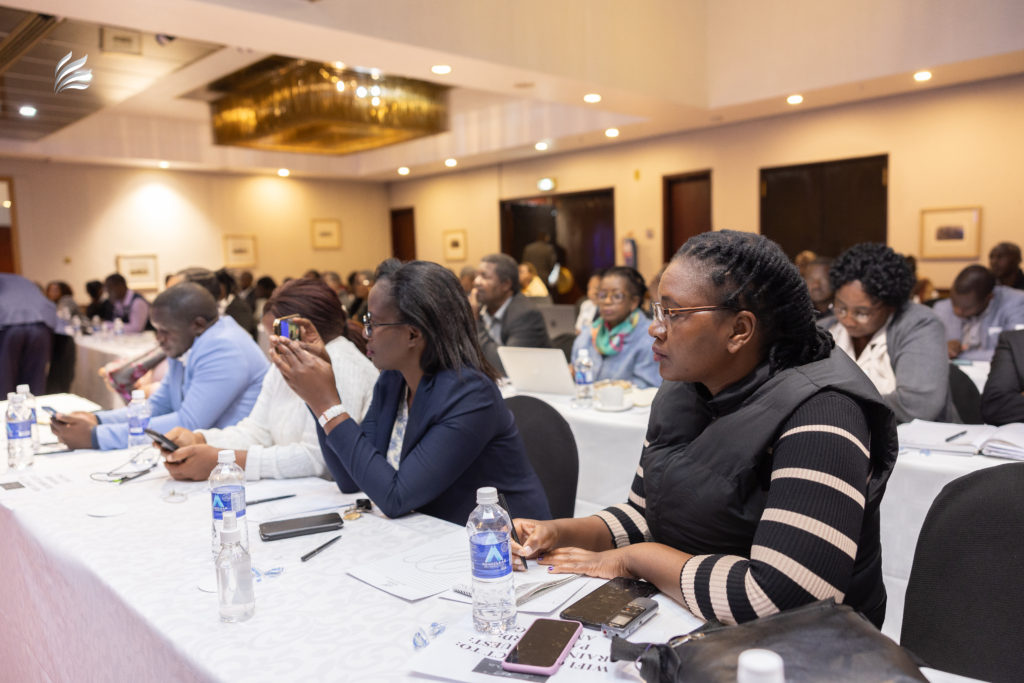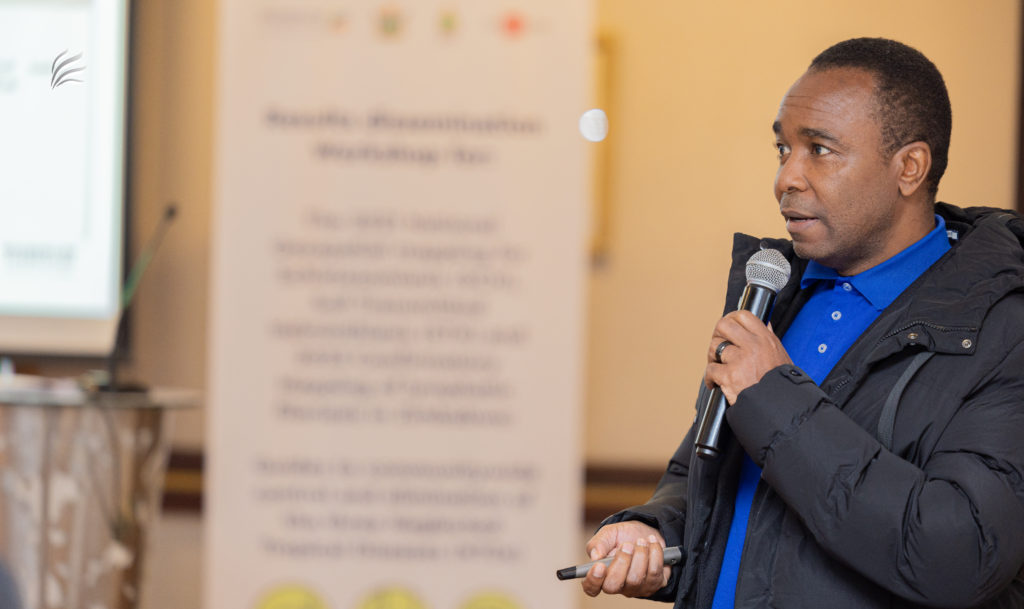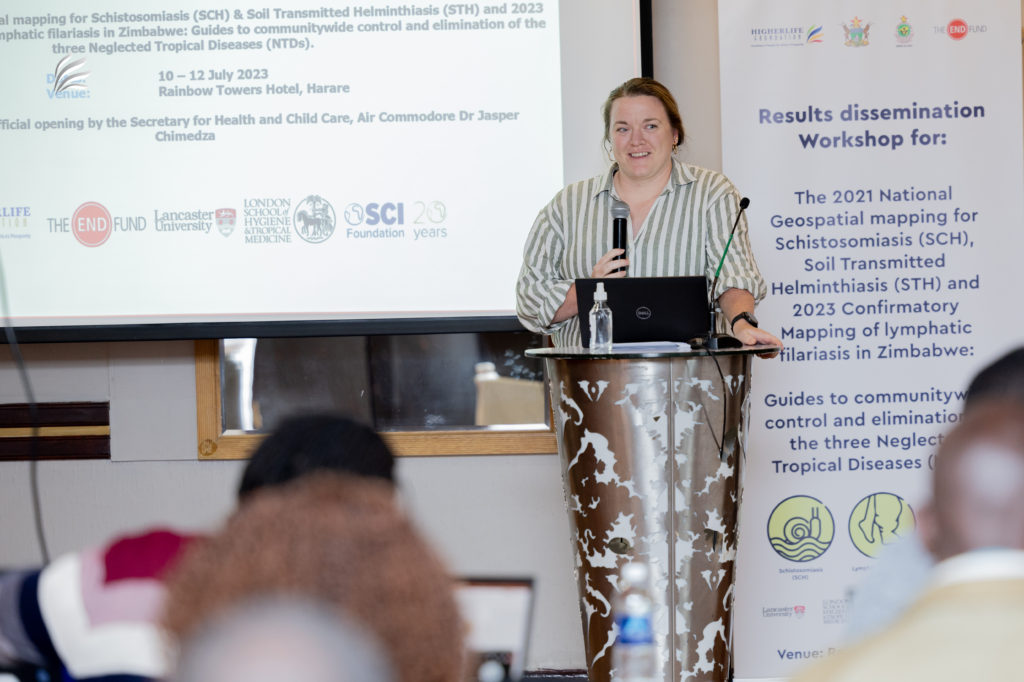The National Institution of Health Research (NIHR), a research arm of the Ministry of Health and Child Care, has released findings from two surveys expected to inform future NTDs policy in Zimbabwe.

The 2021 National Geospatial Mapping for Schistosomiasis (SCH), Soil-Transmitted Helminths and the 2023 Confirmatory Mapping for Lymphatic Filariasis were both funded by the Higherlife Foundation (Global Health) through support from The END Fund.
NIHR Director Professor Nicholas Midzi presented the findings during a three-day workshop which was attended by leading Public Health Academics, leaders from different institutions and medical researchers from the Ministry of Health and Child Care.
The 2021 National Geospatial Mapping for Schistosomiasis (SCH), Soil-Transmitted Helminths showed that about 35 percent of the Zimbabwean population needs mass drug administration.
On Lymphatic Filariasis, the study found that only seven out of the 39 districts surveyed are endemic.
The seven districts were recommended to be put under triple mass drug administration (IDA), a proven method of eliminating Lymphatic Filariasis.

Higherlife Foundation Chief Executive Officer Dr Kennedy Mubaiwa spoke on the organisation’s vision in the NTDs space and health support.
Dr Mubaiwa reiterated that the Higherlife Foundation, as an indigenous foundation, is committed to working together with key partners including Government to eradicate NTDs.
He thanked the Ministry of Health and Child Care for their accommodative attitude towards the Higherlife Foundation, which extends beyond NTDs only. He extolled the continued cooperation the foundation has received in the work of the Cholera Elimination Secretariat.
Dr Mubaiwa explained the philosophy informing HLF’s support for various programs across sectors. He said it stems from one of the organisation’s seven values – responsive leadership.
“Whenever there is a challenge in the country, we like to respond and save lives. We do not always get things right, sometimes we get it wrong. But we do not want to wait for our ducks to line in a row before we can move to save lives, we would rather be corrected afterwards,” he said.
He concluded by sharing other works being done by the Higherlife Foundation in other areas like Disaster Management, where the National Emergency Operations Centre (NEOC) is being readied for handover.
One of the Foundation’s major partners in funding the research and other NTDs efforts, The END Fund, also shared their perspective.

The END Fund Programs Director Ms Molly Anderson congratulated the Ministry of Health and Child Care, Higherlife Foundation and other partners who played a role on producing high-quality work in the survey.
The END Fund said they are impressed with the implementation capabilities shown by the Foundation since the two organisations started working together.
“Higherlife Foundation has been a valuable partner since we started working in Zimbabwe. Not many countries have local partners who are as actively involved as they are; they have made it easy to support programs in the country,” she said.


